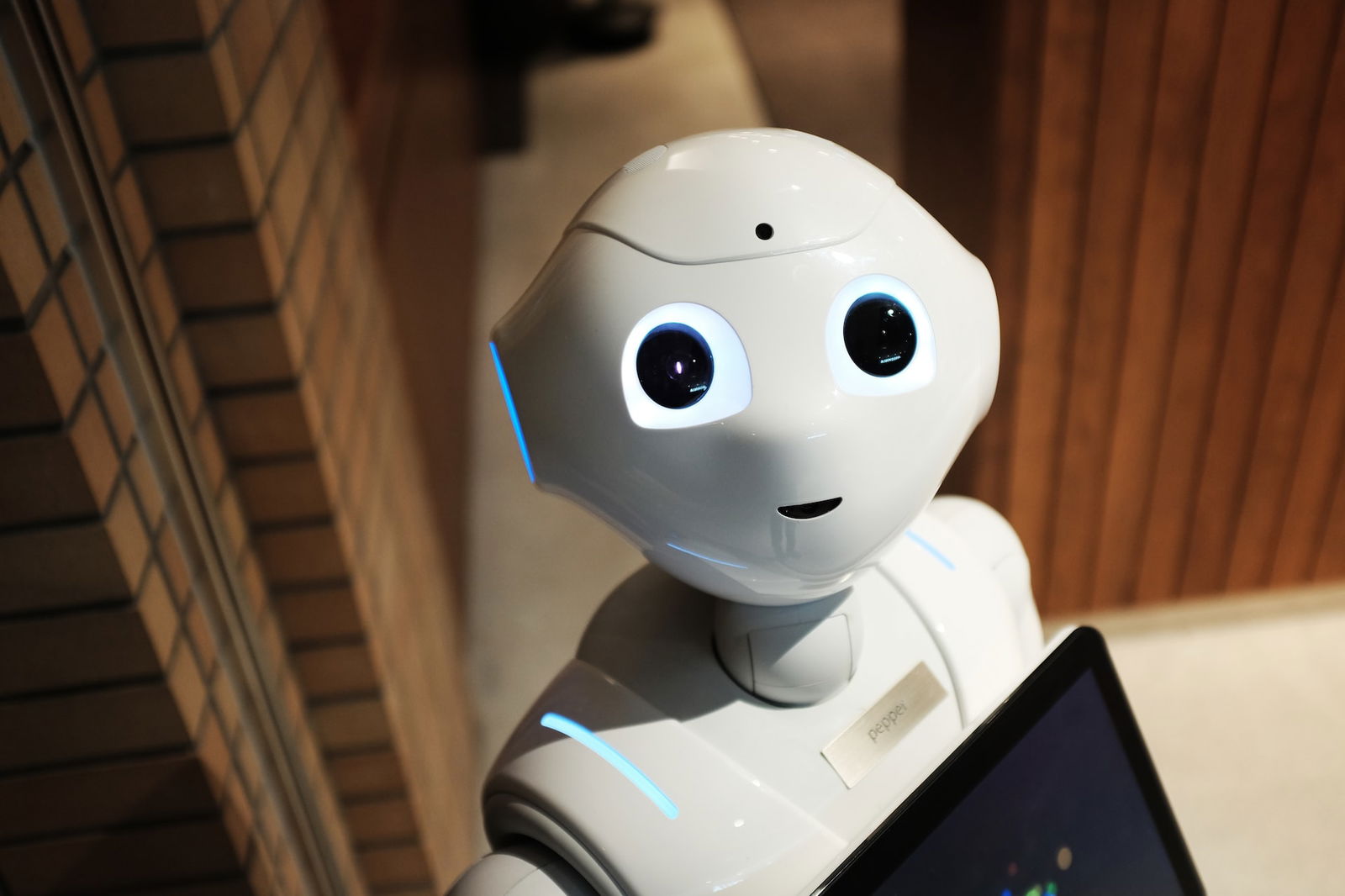
How Healing Agent revolutionizes the robustness of interface-based automations
Table of contents
Quick Access

One of the main challenges in process automation through RPA has always been the fragility of automations based on the user interface. Small changes in a button, a color, or a visual layout could cause failures. With the launch of the Healing Agent, UiPath takes a step forward towards truly resilient and self-healing automations.
Let’s give some context and talk about UiPath, a platform that allows companies to create software “robots” to execute repetitive tasks that humans would normally perform on a computer.
In other words, with UiPath you can program bots that interact with applications and systems just like a person: clicking, typing, reading data, copying and pasting, moving files, processing emails, etc., but automatically and at high speed.
Some key points:
- Visual environment: You don’t need to be an expert in programming; most of the work is done by dragging and dropping activity blocks.
- Broad integration: Works with desktop applications, web, ERP, CRM, spreadsheets, emails, etc.
- Scalability: Bots can run on a single PC or on thousands of machines in the cloud.
- AI and computer vision: UiPath also incorporates artificial intelligence to recognize text, images, or complex patterns.
A practical example: if every morning you log into a system, download a report, filter it in Excel, and send it by email, a UiPath bot could do it for you without you lifting a finger (beyond programming it the first time).
What is UiPath Healing Agent?
Healing Agent is an AI-based technology that allows robots to adapt to changes in graphical interfaces without the need for retraining or human intervention.
Key features:
- Dynamic recognition of UI elements, even if their shape, color, position, or labels have changed.
- Progressive self-learning, based on the robot’s execution history.
- Compatibility with both web and traditional desktop applications.
- Integration with Test Suite to apply healing capabilities in testing environments as well.
Direct benefits
- Drastic reduction of production errors, even in the face of unplanned changes.
- Lower maintenance load, as no manual adjustments are required after each minor change.
- Increased uptime of robots, keeping them operational for longer.
- Greater confidence in critical automations, such as financial back-office or customer support.
Practical use cases
- CRM automation, where visual updates do not break the workflow.
- Processes in legacy apps, with inconsistent elements between versions.
- Processes in SaaS tools, which are frequently updated without notice.

Conclusion
With Healing Agent, UiPath takes a crucial step towards truly autonomous, adaptable automations ready for changing environments. It’s a key piece in the path toward more resilient operations with less friction. At Rootstack, we integrate these capabilities into robust RPA architectures that accompany our clients in their digital evolution.
We recommend this video
Related blogs

Open banking vs. open finance: platforms, APIs, and use cases

Embedded Fintech: Payments, Investment, and APIs that drive growth

AI in Fintech: Use cases and practical applications of artificial intelligence in banking and finance

Microservices architecture: Designing scalable systems

External threats to computer security | Rootstack
